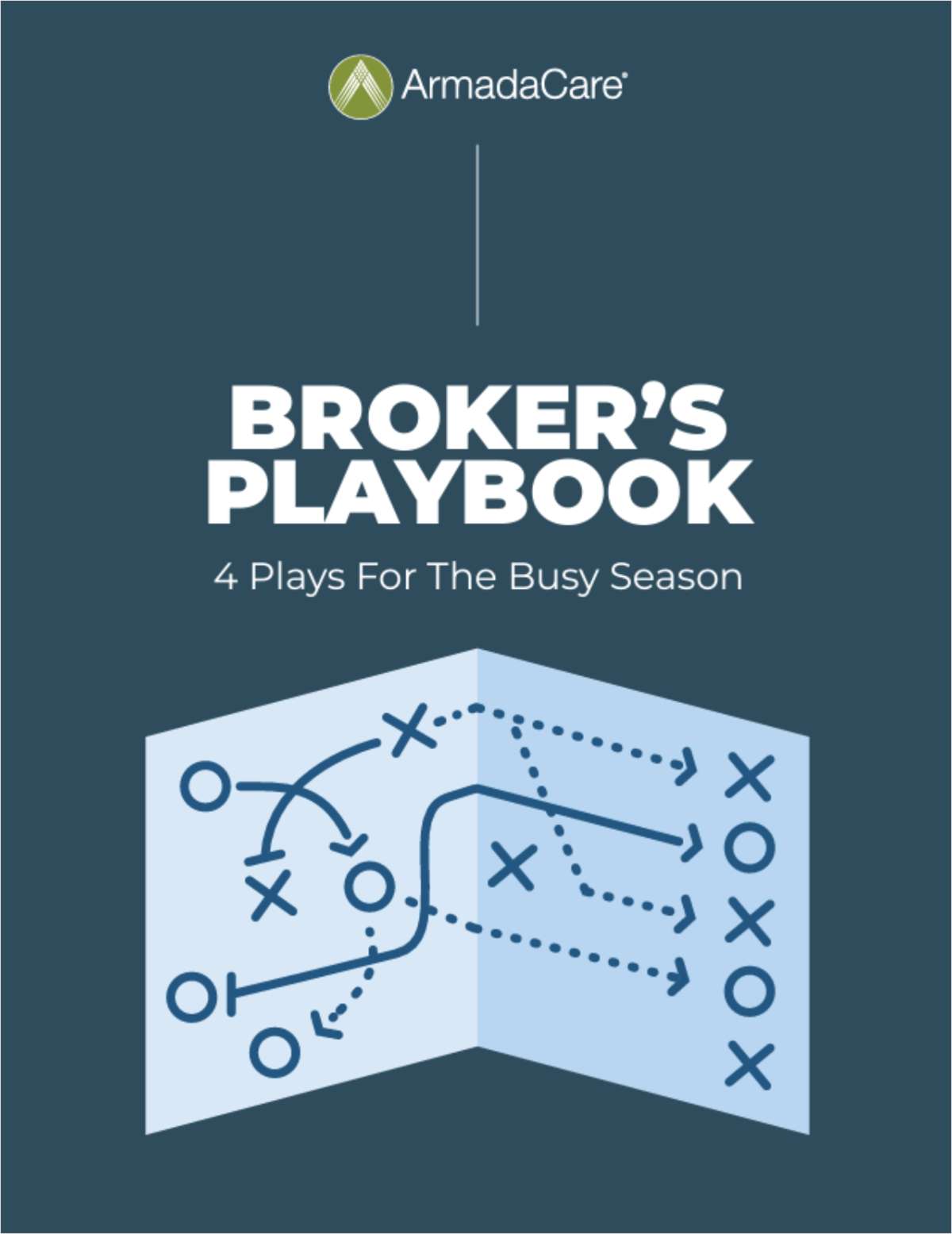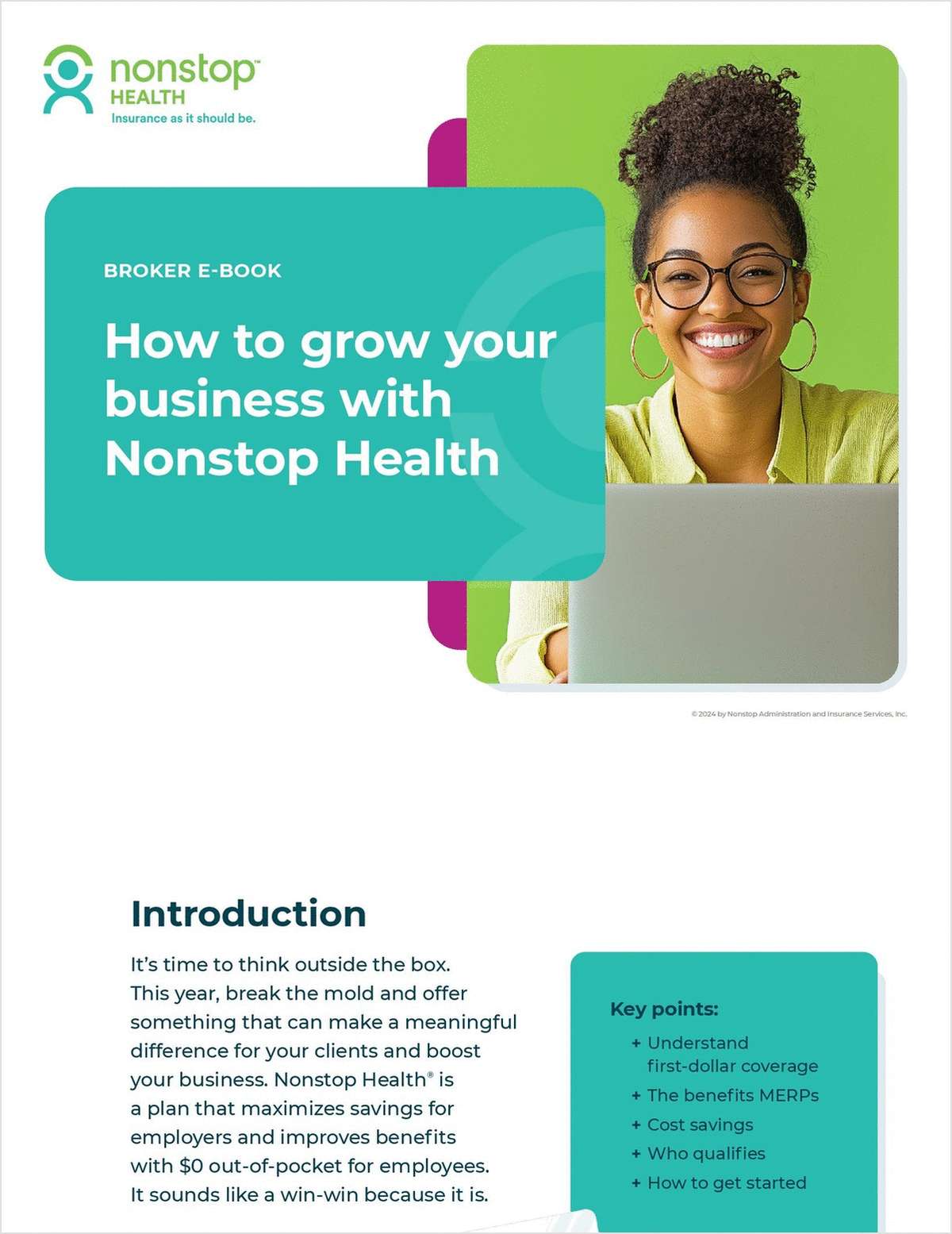As benefits package design continues to emphasize a shift of responsibility to employees, another shift should be occurring — from "offering" benefits to "selling" them to the workforce.
That's one of the conclusions of a white paper based upon research commissioned by Colonial Life. The carrier wanted to find out more about the decision-making process behind benefits selection. What it found was that employees are fine with taking on more responsibility for their benefits packages. But they want their employers to do a better job of selling coverage to them. (The white paper can be found here.)
Continue Reading for Free
Register and gain access to:
- Breaking benefits news and analysis, on-site and via our newsletters and custom alerts
- Educational webcasts, white papers, and ebooks from industry thought leaders
- Critical converage of the property casualty insurance and financial advisory markets on our other ALM sites, PropertyCasualty360 and ThinkAdvisor
Already have an account? Sign In Now
© 2024 ALM Global, LLC, All Rights Reserved. Request academic re-use from www.copyright.com. All other uses, submit a request to [email protected]. For more information visit Asset & Logo Licensing.








